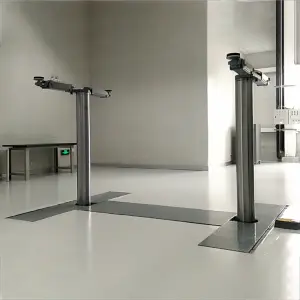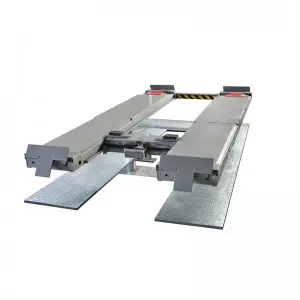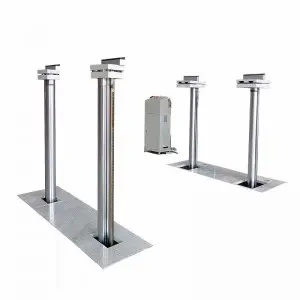
The Evolution of the AC Series: A Journey Through Time and Innovation
The AC series, also known as the Air Conditioning series, has come a long way since its inception. From humble beginnings to becoming an essential part of our lives, this revolutionary technology has significantly impacted the way we live, work, and relax. Let’s embark on a journey through time and explore the evolution of the AC series.
The Birth of the AC Series:
The concept of artificial cooling dates back to ancient civilizations, like the Egyptians and Romans, who used various methods to create a cooling effect. However, the modern AC series as we know it, owes its existence to Dr. Willis Carrier, often referred to as the “Father of Air Conditioning.” In 1902, Carrier developed the first electrical air conditioning system, which aimed to control temperature and humidity in a printing plant.
Early Innovations:
Soon after Carrier’s invention, various improvements and innovations were made to the AC series. These advancements focused on making the technology more efficient, portable, and accessible to the masses. In the 1930s, window air conditioners were introduced, allowing homeowners to have control over the indoor climate. This breakthrough made AC systems increasingly popular, especially in regions with hot and humid climates.

The Evolution of the AC Series: A Journey Through Time and Innovation
Expansion of Applications:
As the AC series became more prevalent, its applications expanded beyond residential use. In the mid-20th century, air conditioning became a standard feature in commercial buildings, factories, hospitals, and even automobiles. The ability to create a comfortable environment enhanced productivity and improved the quality of life in various industries.
Energy Efficiency Challenges:
While the AC series revolutionized indoor comfort, it also presented environmental and energy efficiency challenges. Early AC units consumed a significant amount of energy, contributing to high electricity bills and environmental issues. In response to these challenges, the industry invested heavily in research and development to create more energy-efficient air conditioning systems.

The Evolution of the AC Series: A Journey Through Time and Innovation
The Green AC Revolution:
In recent years, the AC series has undergone a green revolution, driven by the need to reduce energy consumption and minimize environmental impact. Modern AC models incorporate advanced technologies, such as variable-speed compressors, smart thermostats, and eco-friendly refrigerants, making them more energy-efficient and environmentally friendly. These advancements not only reduce carbon emissions but also result in long-term cost savings for users.
Smart and Connected AC Systems:
The rise of the Internet of Things (IoT) has also influenced the AC series. Smart and connected air conditioning systems have become increasingly popular, allowing users to control and monitor their AC units remotely. With the help of mobile apps, users can adjust temperature settings, create schedules, and receive energy usage reports, further optimizing energy efficiency and convenience.
Future Prospects:
The future of the AC series looks promising with ongoing research and development. Scientists and engineers are exploring alternative cooling methods, such as magnetic refrigeration and thermoelectric cooling, aiming to create even more energy-efficient and sustainable systems. Additionally, integrating renewable energy sources, such as solar power, with AC systems is being studied to reduce dependency on non-renewable electricity sources.
In conclusion, the AC series has come a long way since its inception, evolving from a basic cooling system to a sophisticated technology with numerous applications. While energy efficiency and environmental concerns posed challenges, the industry has made significant strides in addressing these issues. With ongoing innovations and a focus on sustainability, the AC series is set to continue revolutionizing the way we experience comfort in the future.k Lift Accessories
